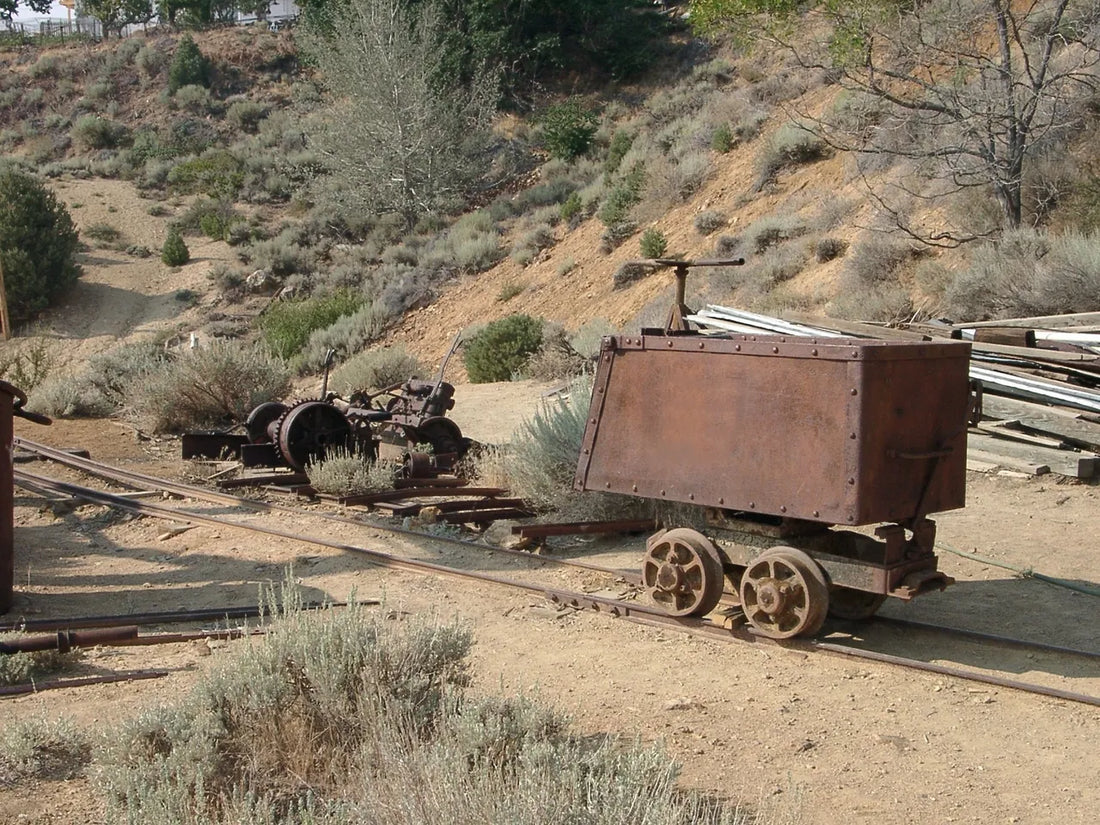The Cahuilla Band of Indians is Mountain Cahuilla (Qawishpa Cahuillangnah), one of the original peoples of Southern California. The Mountain Cahuilla have lived in the high mountain valleys and canyons, running up from the Coachella Valley, San Gorgonio Pass, and San Jacinto Mountains region of Southern California since time immemorial.
Cahuilla history in stories and songs tells how the Cahuilla were given these lands as their homeland since the beginning of time by their Creator.
Oral legends suggest that when the Cahuilla first moved into the Coachella Valley, a large body of water which geographers call Lake Cahuilla was in existence. Fed by the Colorado River, it dried up sometime before 1700, following one of the repeated shifts in the river's course.
The Cahuilla learned of Spanish missions and their culture from Indians living close to missions in San Gabriel and San Diego. The Cahuilla provided the vaqueros that worked for the owners of the Rancho San Bernardino, and provided security against the raids of the tribes from the desert and mountains on its herds.
The Cahuilla did not encounter Anglo-Americans until the 1840s. Chief Juan Antonio, leader of the Cahuilla Mountain Band, gave traveler Daniel Sexton access to areas near the San Gorgonio Pass in 1842. The Mountain Band also lent support to a U.S. Army expedition led by Lieutenant Edward Fitzgerald Beale, defending the party against attacks by Wakara and his band of Ute warriors.
During the Mexican–American War, Chief Juan Antonio led his warriors to join Californios led by José del Carmen Lugo in attacking their traditional enemy, the Luiseño. Lugo led this action in retaliation for the Pauma Massacre, in which the Luiseno had killed 11 Californios. The combined forces staged an ambush and killed 33–40 of the Luiseno warriors, an event that became known as the Temecula Massacre of 1847. (Academic historians disagree on the exact number of deaths, the estimate is 33–40; Luiseno oral tradition holds that more than 100 warriors were killed.) In the treaty ending the war with Mexico, the US promised to honor Mexican land grants and policies. These included recognition of Native American rights to inhabit certain lands, but European-American encroachment on Indian lands became an increasing problem after the US annexed California.
During the 1850s, the Cahuilla came under increasing pressure from waves of European-American migrants because of the California Gold Rush. In 1851, Juan Antonio led his warriors in the destruction of the Irving Gang, a group of bandits that had been looting the San Bernardino Valley. Following the outcome of the Irving Gang incident, in late 1851, Juan Antonio, his warriors and their families, moved eastward from Politana, toward the San Gorgonio Pass and settled in a valley which branched off to the northeast from San Timoteo Canyon, at a village named Saahatpa.
In addition to the influx of Anglo-American miners, ranchers and outlaws, and groups of Mormon colonists, the Cahuilla came into conflict with the neighboring Cupeño tribe to the west. In November 1851, the Garra Revolt occurred, wherein the Cupeno leader Antonio Garra attempted to bring Juan Antonio into his revolt. Juan Antonio, friendly to the Americans, was instrumental in capturing Antonio Garra, ending that revolt.
When the California Senate refused to ratify an 1852 treaty granting the Cahuilla control of their lands, some tribal leaders resorted to attacks on approaching settlers and soldiers. Juan Antonio did not participate in this as long as he lived.
When the California Senate refused to ratify an 1852 treaty granting the Cahuilla control of their lands, some tribal leaders resorted to attacks on approaching settlers and soldiers. To encourage the railroad, the U.S. government subdivided the lands into one-mile-square sections, giving the Indians every other section. The Cahuilla reservation of approximately 20,000 acres of Trust Land was established in 1875 and is located near Anza, California in what is now western Riverside County. In 1877 the government established reservation boundaries, which left the Cahuilla with only a small portion of their traditional territories.
From the late 1860s on, Anza was largely settled by families seeking to build ranches under the Homestead Act. During the 19th century, settlement included ranchers, a limited number of miners, and honey producers. Of the homesteads in the area, one, the Cary Ranch on Cary Road (south of Anza, east of the Tripp Flats Ranger Station) still exists and is still owned and occupied by family members of the original settlers. The ranch is now occupied by the Hopkins family. The Hopkins are direct descendants of the Cary family. Although the Cary Ranch used to encompass hundreds of acres of land, most has been sold off, and only a 20-acre (81,000 m2) parcel and several original buildings exist.
In 1905 a break in a levee created the much smaller Salton Sea in the same location.
The mid-to-late 19th century witnessed moderate population and above average economic prosperity for this isolated community.
The Cahuilla have intermarried with non-Cahuilla for the past century. A high percentage of today's Cahuilla tribal members have some degree of mixed ancestry, especially Spanish and African American. Individuals who have grown up in the tribe's ways and identify culturally with the Cahuilla may qualify for official tribal membership by the tribe's internal rules. Each federally recognized tribe sets its own rules for membership.

